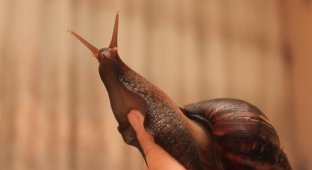Giant Australian trumpeter: how the world's largest snails, weighing 18 kg, live (8 photos)
Despite the title of the article, we will not talk about plumbing and not even about a musician, but about an 18-kilogram snail, the length of whose shell is 90 centimeters! With such dimensions it is not surprising that this The giant has the status of the largest gastropod in the world. I beg love and favor - a giant Australian trumpet player! 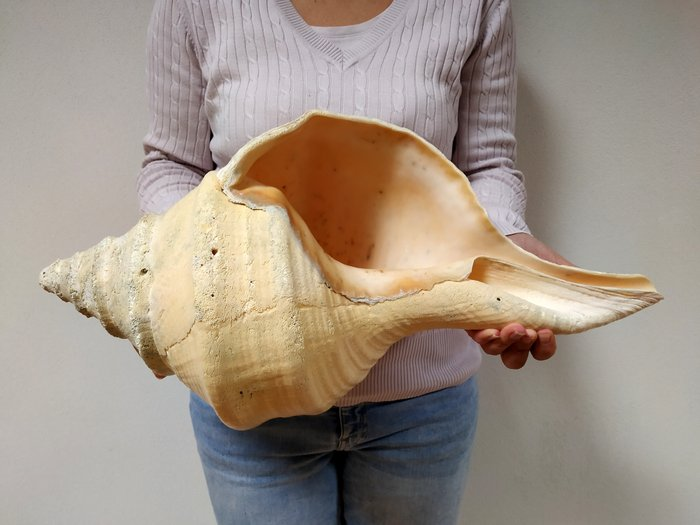
Mom, look what shell you found. Can we take her home?
Australian whelk lives in coastal waters northern Australia, Indonesia and Papua New Guinea. This snail quite popular among romantic lovers who collect shells. 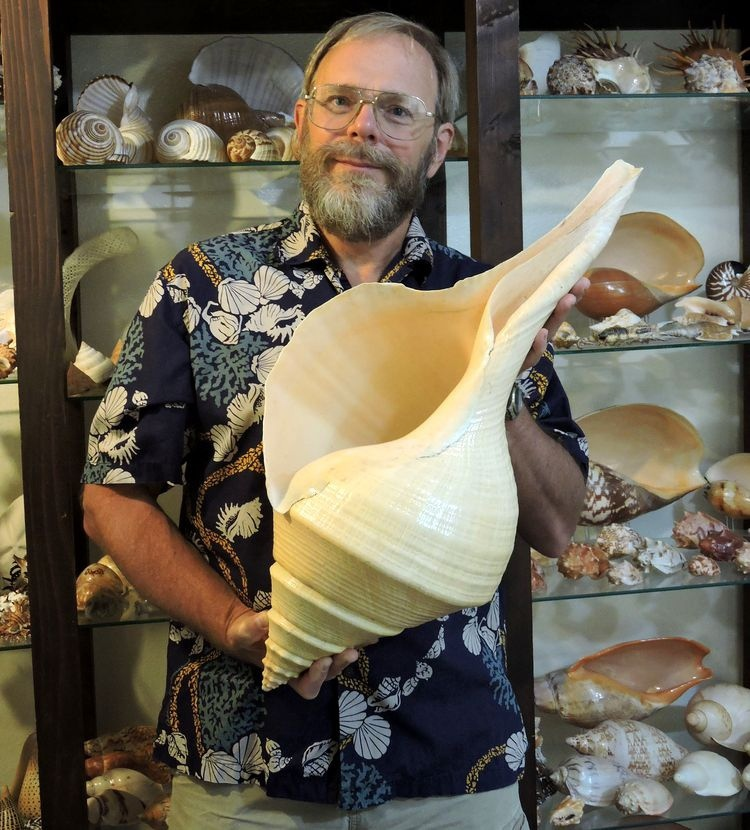
What do people do at 40: have children, get a mortgage, take out loans. What am I doing at 40:
The trumpeter was known back in the 17th century. However For some reason it did not arouse much interest in the scientific community. Either because the snail prefers to hide, or because that the first mention of an Australian trumpet player was for the same year as the more hype newswire. So It coincided that in 1681 one of the first books was published, dedicated to sea shells, which contained an overview to the trumpeter. And then the last bird was killed (not pizza) dodo. 
If you think about it, a snail spends its entire life in a curled state. And they scold me for my shrimp pose at the computer...
And yet, some scientists were able to get hold of humanity has crumbs of information about what it lives and how it eats this snail. First of all, the Australian trumpeter prefers sandy the seabed and, like all snails, is in no hurry at all. That’s why he registered at a shallow depth, further than 30 doesn't swim meters down. 
I'm lying on the beach. I can afford it. And you continue to go to work by 6 am.
But there is no animal native to Australia without catch. The giant Australian trumpet player, despite due to its slowness and solid dimensions, it is a predator. And its prey is sea worms from the genus Polychaetes. It is for you not an ordinary earthworm - the creatures reach up to a meter in length. 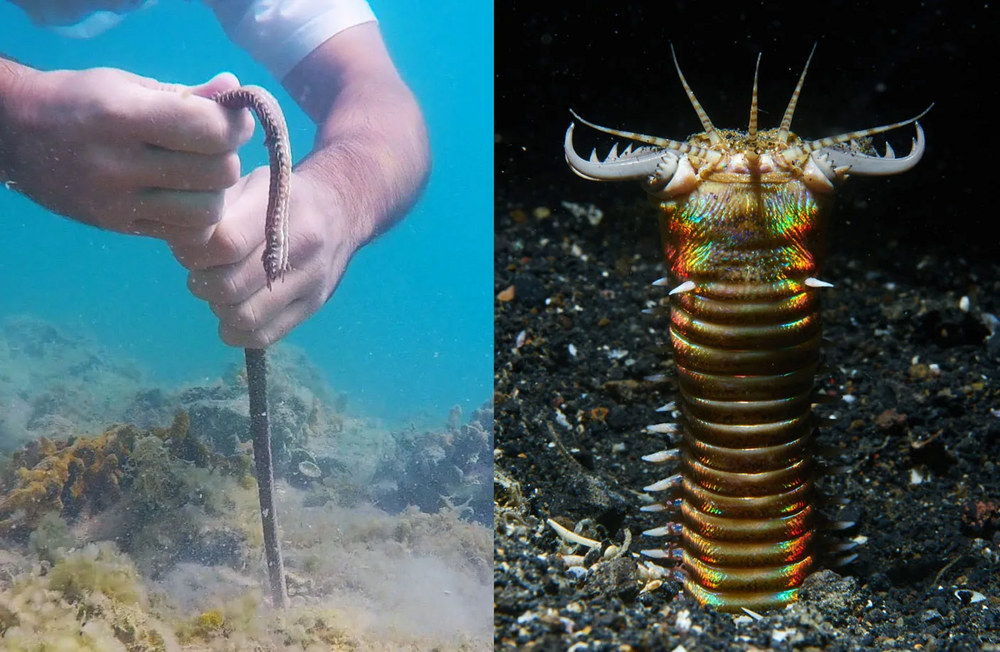
So that you understand who the polychaetes are, here they are. Yes, even worms are scary in Australia!
Moreover, polychaetes, like snails, have the houses are lime tubes from which only the head comes out. How to catch this? Trunk! The snail's mouth stretches by 25 centimeters, which is why the giant clam catches nimble worms. When basic needs are satisfied, trumpeters it's time for love. 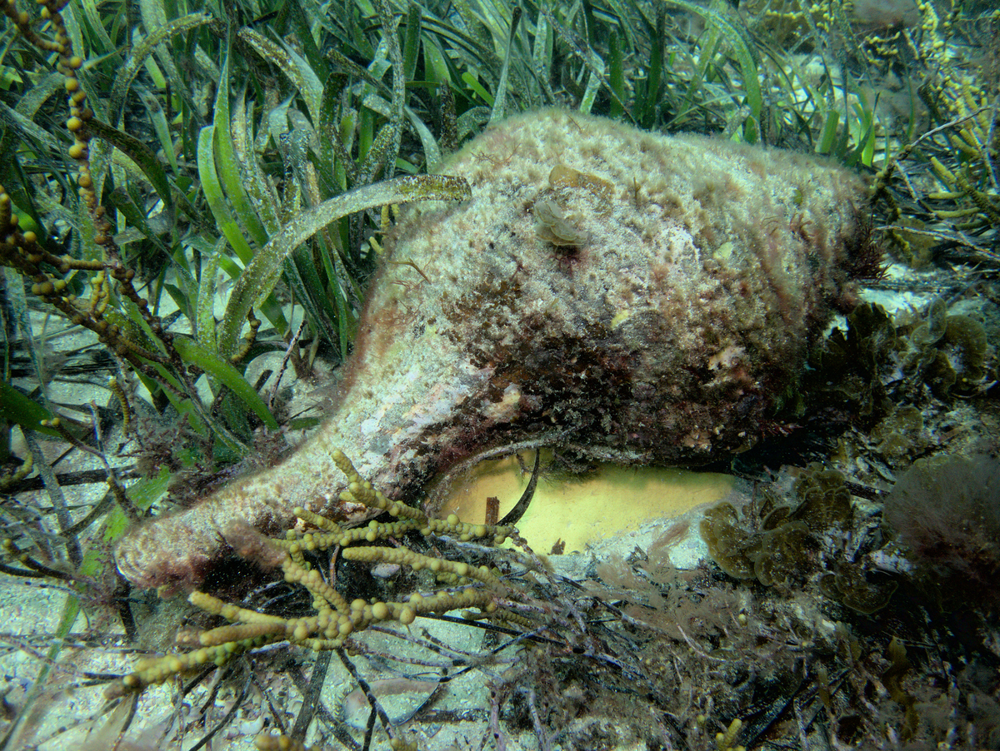
One creepy thing eats another creepy thing. How I love Australia for this!
Nothing is known about their mating rituals yet. But we will be the first to tell you how it will turn out. What do we know This is because mother snails lay their eggs in the sand. After some time, they will hatch into a whole orchestra of full-fledged micro pipes. This, by the way, is an important feature. Most marine snail eggs hatch into larvae. They roam the ocean in search of uninhabited places where they settle, and only then are entering the maturation stage. Trumpeter snails are not very crawl far from their place of birth and throughout their lives - and this, on second, approximately 60 years - spent in its vicinity. 
The same custard tube with cream.
An accurate count of giant Australian trumpeters too. no one has done it yet. But even now it is known that There are quite a few of them. Local residents of regions where snails live willingly They are caught and used on the farm. The most banal - fried with garlic. Sometimes meat is used as bait for fishing. The shells collected all over the world. Information about where and how much to buy a giant snail house for much more than about the view itself. 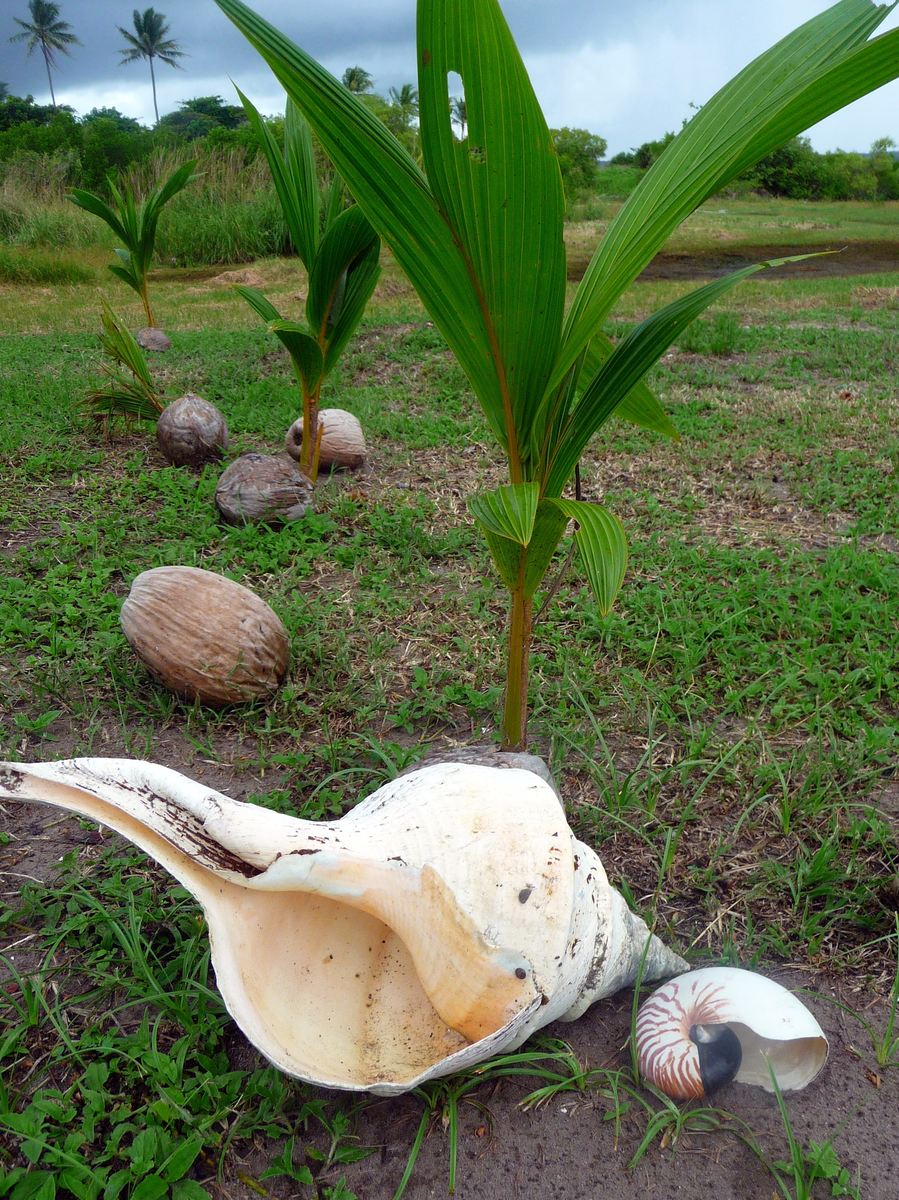
Common household utensils in Australia.
But what’s interesting is the tribal traditions Papua New Guinea and Indonesia, where whelk shells are used as buckets for water. Indigenous Australians came up with use them to make status jewelry for the nose. Only men have the right to wear shell pins, while women use bunches of grass for these purposes.













